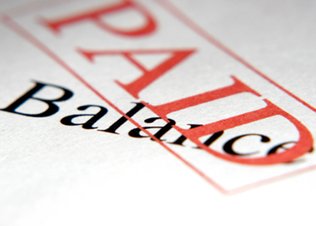
Explainer: How RBA rate changes affect your interest rate
Published by MFAA
When the interest rate on your home loan fluctuates, it can feel as though you don’t have control of your debt. Despite being frustrating, interest rate changes are a part of every loan’s lifespan and warrant your consideration.
The interest rates that banks charge on their home loans are influenced by the Reserve Bank of Australia’s (RBA) cash rate.
The cash rate is reviewed by the RBA on a monthly basis in order to safeguard Australia’s economic stability. The cash rate is the rate charged on loans made between the RBA and your lender. This, in turn, has a very strong impact on the interest rates your lender charges you.
The RBA supports the banks with liquidity facility, the RBA is a bank to the banks. The cash rate is effectively the rate at which the RBA will lend to the banks, and what the banks effectively use as a reference rate for other things.
When the cash rate is changed by the RBA, lenders decide whether or not to mirror the new rate in the interest they charge their mortgagees.
This is entirely up to the lender in question and depends on the market and how the lender is performing at the time of the cash rate change.
Some lenders choose to shift their interest rate changes higher than the RBA’s cash rate change and, in these instances, other lenders may be offering lower interest rates than the one you currently have.
Keeping track of how your lender manages cash rate changes and where that leaves you as the person paying the interest can be time consuming, and is made more difficult by fees, charges and the flexibility offered by different loan products, which all need to be weighed alongside the interest rate.
An MFAA Accredited Finance Broker can help you understand what the RBA cash rate can mean for your mortgage and assess your options.


























































